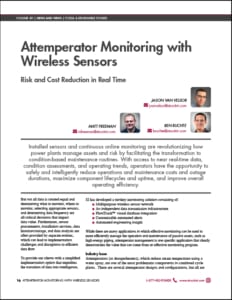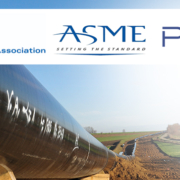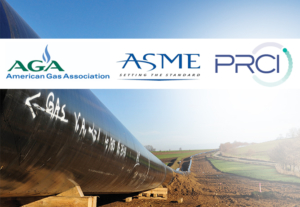CHARLOTTE, NC – Structural Integrity Associates (“SI”) www.structint.com, a leading specialty engineering consultant in the power and utility industry, and C2C Technical Services (“C2C”) www.c2ctechnicalservices.com, a leading electrical engineering and electrical field service company, are pleased to announce the formation of SI Solutions, LLC (“SI Solutions”) in partnership with Jumana Capital (“Jumana”) www.jumanacapital.com, a Houston, TX-based private investment firm specializing in partnerships with entrepreneur led companies.
SI was founded in 1983 in San Jose, CA, as an engineering and consulting firm dedicated to the analysis, control, and prevention of structural and mechanical failures with a core focus on critical equipment and structures in the power generation and utility infrastructure. Living true to the motto, “Powered by Talent and Technology,” SI has established itself as an innovative and responsive resource for answering any challenge ranging from R&D to engineering, metallurgy, fabrication, and non-destructive evaluation (NDE).
Texas City, TX-based C2C provides electrical engineering and specialty field services, including automation, instrumentation, electrical services, and technical staffing services for critical infrastructure maintenance within the renewables, petrochemical, and refining sectors.
SI Solutions will be a leading provider of mission-critical power and infrastructure engineering, testing, and maintenance services focused on existing assets. The platform will have more than 500 employees and nine offices, serving customers across the U.S. and internationally. The leadership team of SI Solutions will be comprised of the management teams of both SI and C2C, including C2C founders Charles Roachell and Craig Miller. Mark Marano, the former COO of the Westinghouse Electrical Company, came out of retirement to become the CEO of SI in February 2020 and will be the CEO of SI Solutions, in addition to remaining the CEO of SI. The CFO of SI Solutions will be Michelle Digilormo; Cam Tran will serve as Executive Director of HR.
“The SI Solutions platform with SI and C2C is the perfect fit for both companies. The combination enhances both platforms’ ability to grow and better serve client needs through additional investments in research and development, technical capabilities, field service offerings, and geographic reach. I am very excited about the future of SI Solutions,” said Mark Marano, CEO of SI.
“We are proud of what we’ve built at C2C and are excited to continue to drive growth in this next chapter”, says Charles Roachell, founder and co-president of C2C, “we believe our partnership with SI creates a best-in-class engineering and specialty service platform, led by a culture of safety and best practices. We will deliver the highest quality services to our customers and employees. We are excited to take the next step in building our platform”.
“The cultural fit of SI and C2C is unmatched in the industry”, says Craig Miller, founder, and co-president of C2C. “We value our highly skilled employee base and believe the combination of SI and C2C will create excellent opportunities for our employees to continue their professional and personal development. SI Solutions has an extremely bright future that we’re thrilled to be a part of”.
Chris Martin, Chief Investment Officer and Managing Director of Jumana Capital remarked, “SI Solutions is extremely well positioned to help meet the growing needs for asset management, compliance, maintenance, repair, and upgrade within the power generation, utility infrastructure, chemical, refining, and critical structures sectors in the United States and abroad. We are building something extraordinary and are excited for what the future holds for SI Solutions”.
Media Contact
Chris Sydor
Manager of Marketing and Communications
Structural Integrity Associates, Inc
info@structint.com
704-977-1361
 Structural Integrity Associates, Inc. (SIA) is pleased to announce the appointment of Michael Battaglia as Vice President, Nuclear and Chief Nuclear Officer. Mr. Battaglia has served the prior three years leading the Project Management Office and Nuclear Business Development areas at SIA. During his 25-year career in the nuclear industry, Mr. Battaglia has held a variety of leadership roles that span operations and business development. Of Mr. Battaglia’s many operational accomplishments, building and leading the Westinghouse Balance of Plant Engineering Department, and leading the commercial deployment of a new alloy 600 mitigation technology in the US., are exemplary. In addition to his operational experience, Mr. Battaglia’s business development expertise has consistently enhanced the position of the business in the markets he has served.
Structural Integrity Associates, Inc. (SIA) is pleased to announce the appointment of Michael Battaglia as Vice President, Nuclear and Chief Nuclear Officer. Mr. Battaglia has served the prior three years leading the Project Management Office and Nuclear Business Development areas at SIA. During his 25-year career in the nuclear industry, Mr. Battaglia has held a variety of leadership roles that span operations and business development. Of Mr. Battaglia’s many operational accomplishments, building and leading the Westinghouse Balance of Plant Engineering Department, and leading the commercial deployment of a new alloy 600 mitigation technology in the US., are exemplary. In addition to his operational experience, Mr. Battaglia’s business development expertise has consistently enhanced the position of the business in the markets he has served.

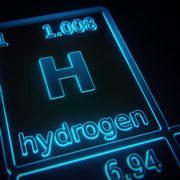
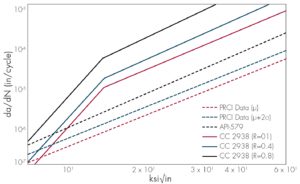
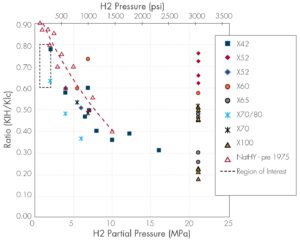



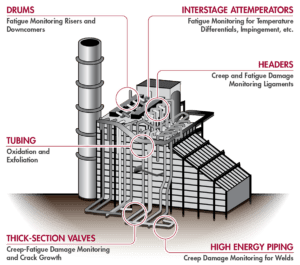
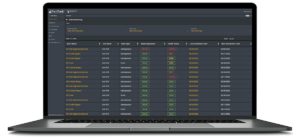
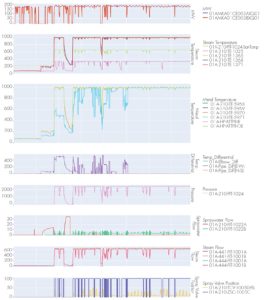 BASIS FOR MONITORING
BASIS FOR MONITORING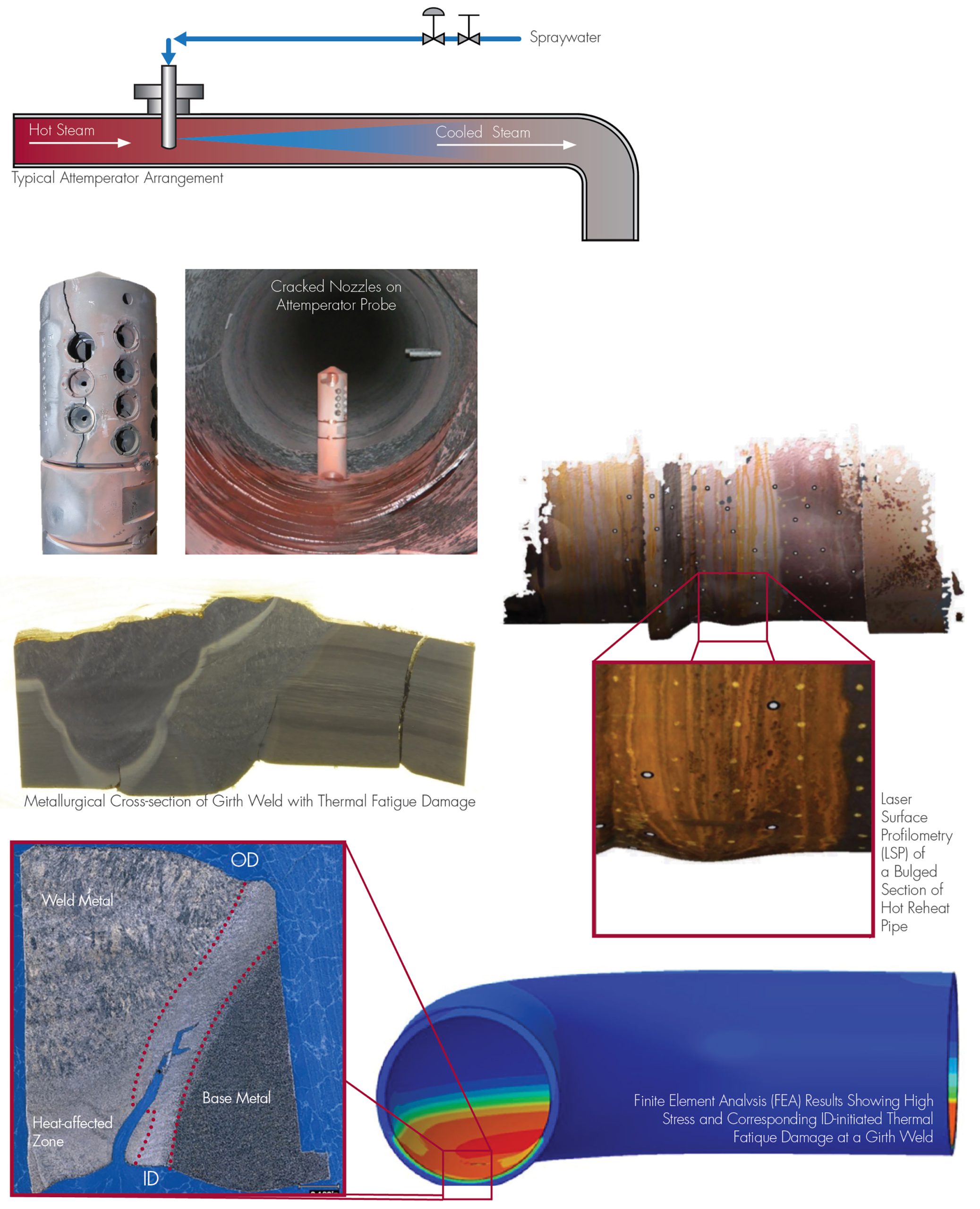
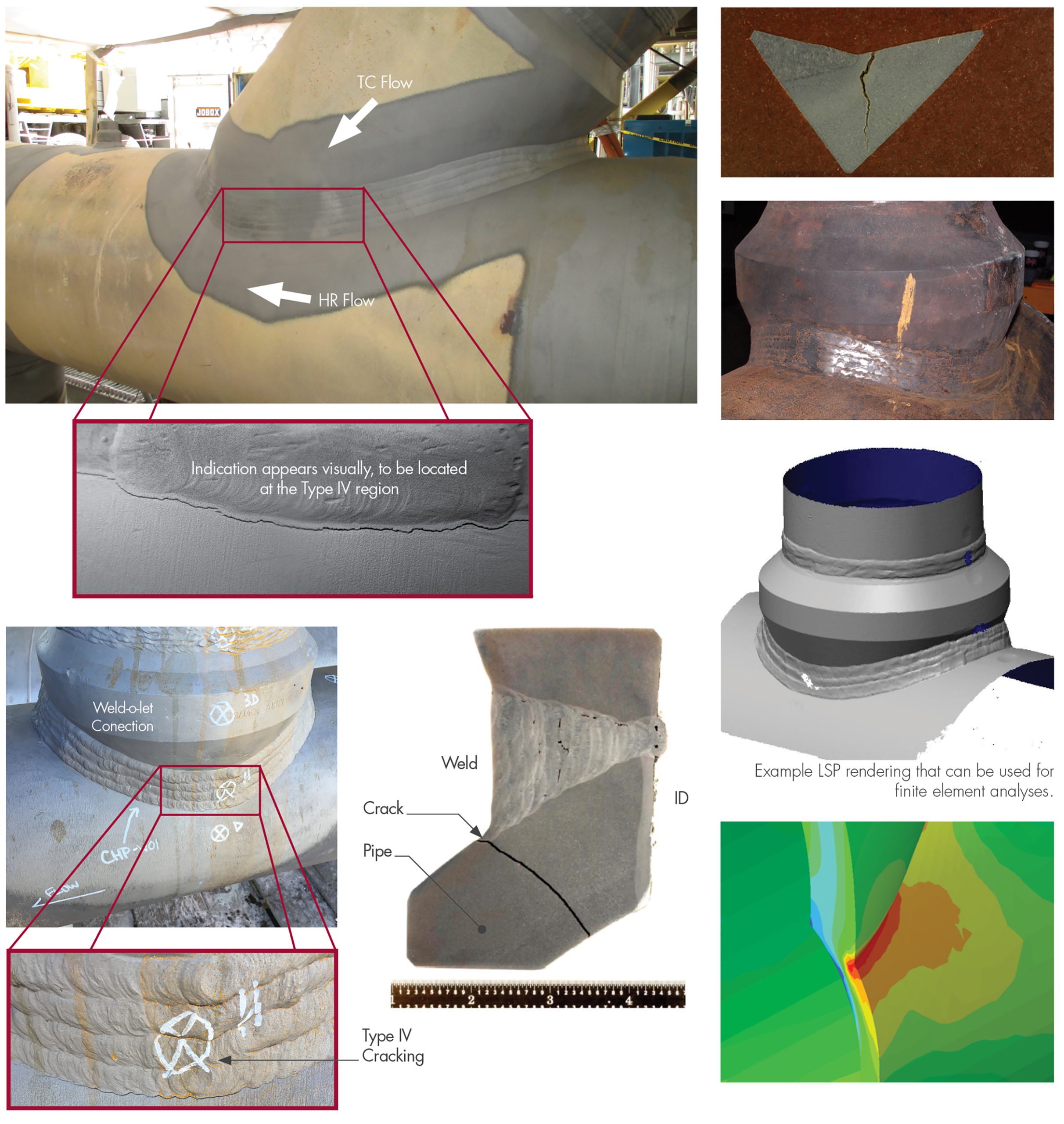
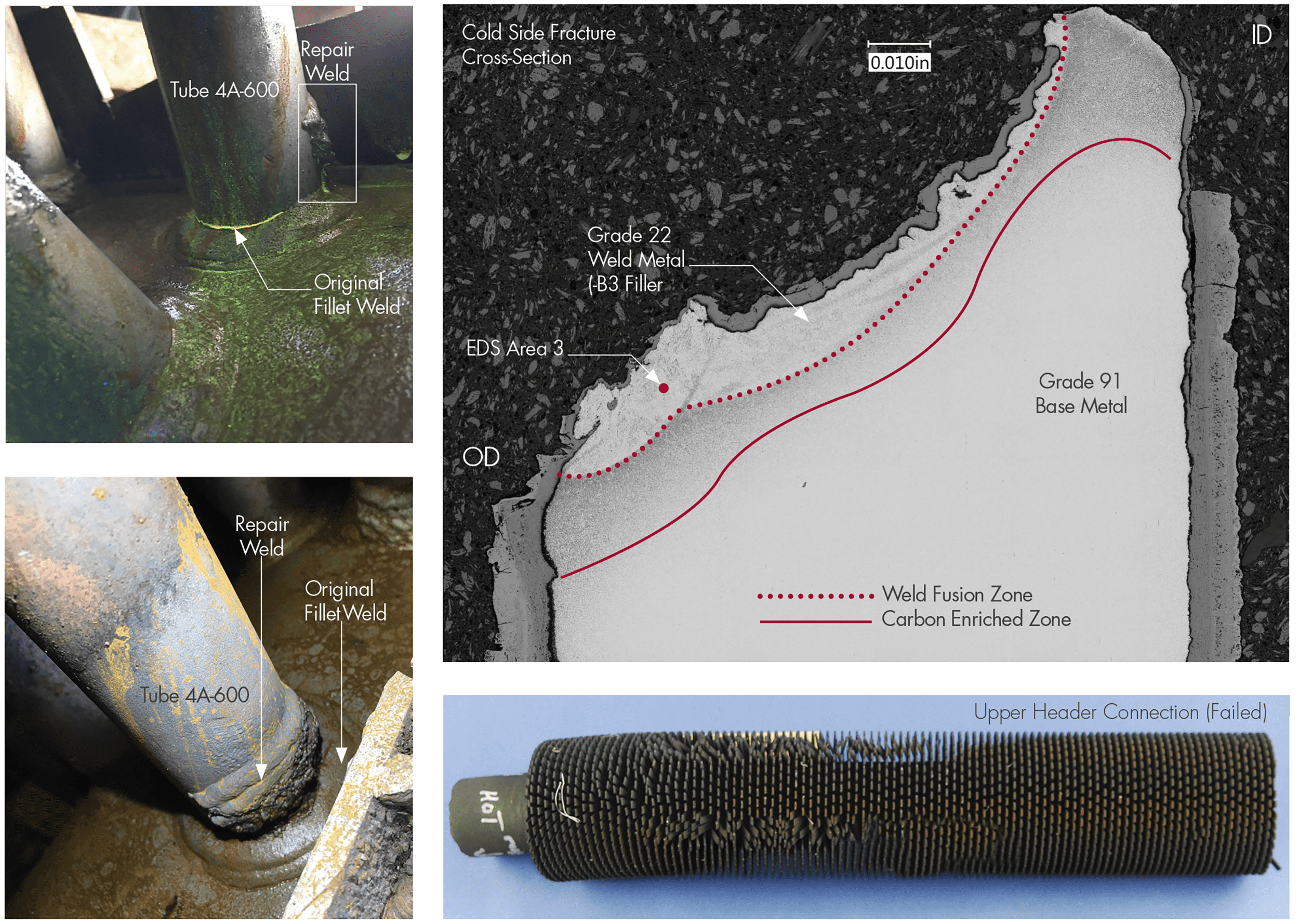

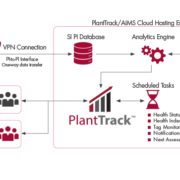
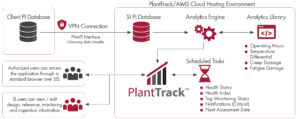


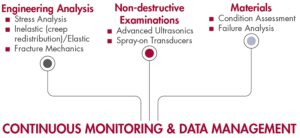
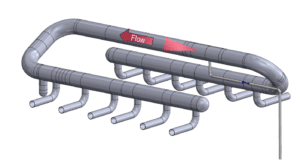
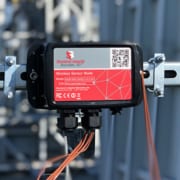
 SI has successfully implemented the initial application of an integrated monitoring solution that provides insight into damage evolution and operational risk using real-time data and automated engineering intelligence. This solution will assist in the optimization of maintenance activities and downtime, helping utilities get the most out of their O&M budgets. “This is a decisive step toward a more modern asset management approach that will lower O&M cost for our clients,” said Steve Gressler, Vice President, SI Energy Services Group, a division of Structural Integrity Associates, Inc. (SI) focused on power plant asset integrity.
SI has successfully implemented the initial application of an integrated monitoring solution that provides insight into damage evolution and operational risk using real-time data and automated engineering intelligence. This solution will assist in the optimization of maintenance activities and downtime, helping utilities get the most out of their O&M budgets. “This is a decisive step toward a more modern asset management approach that will lower O&M cost for our clients,” said Steve Gressler, Vice President, SI Energy Services Group, a division of Structural Integrity Associates, Inc. (SI) focused on power plant asset integrity.